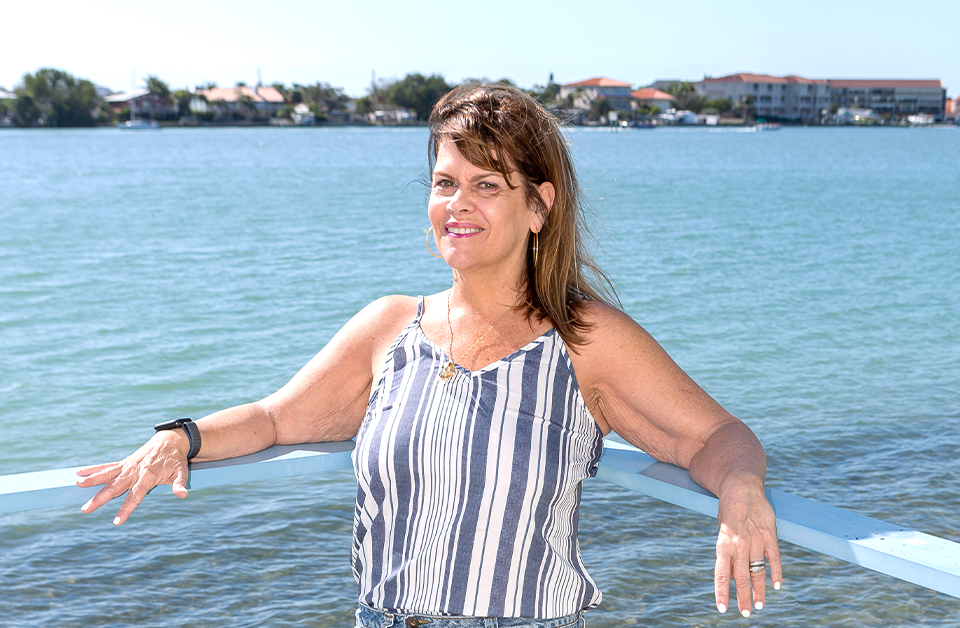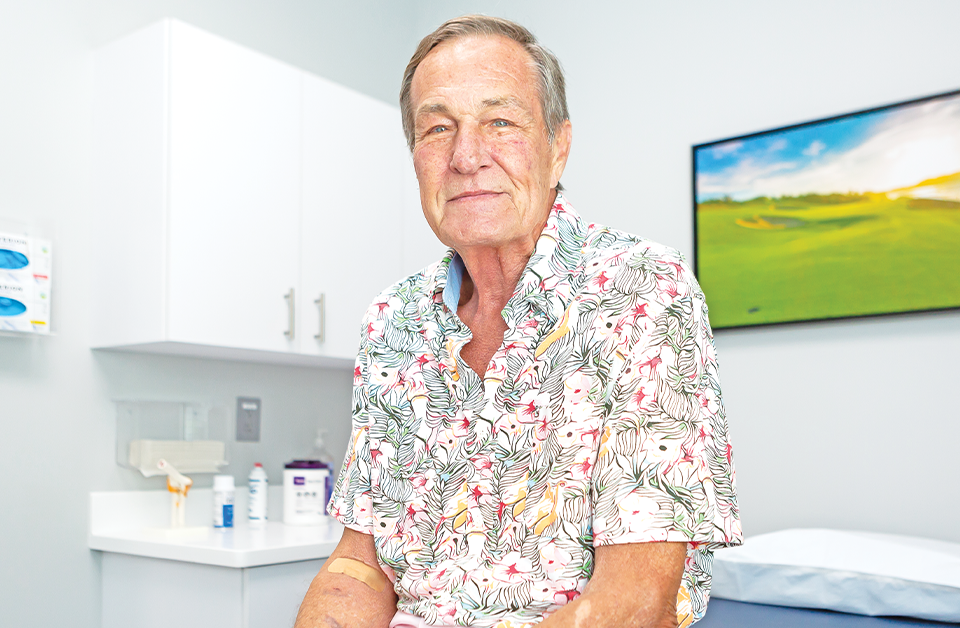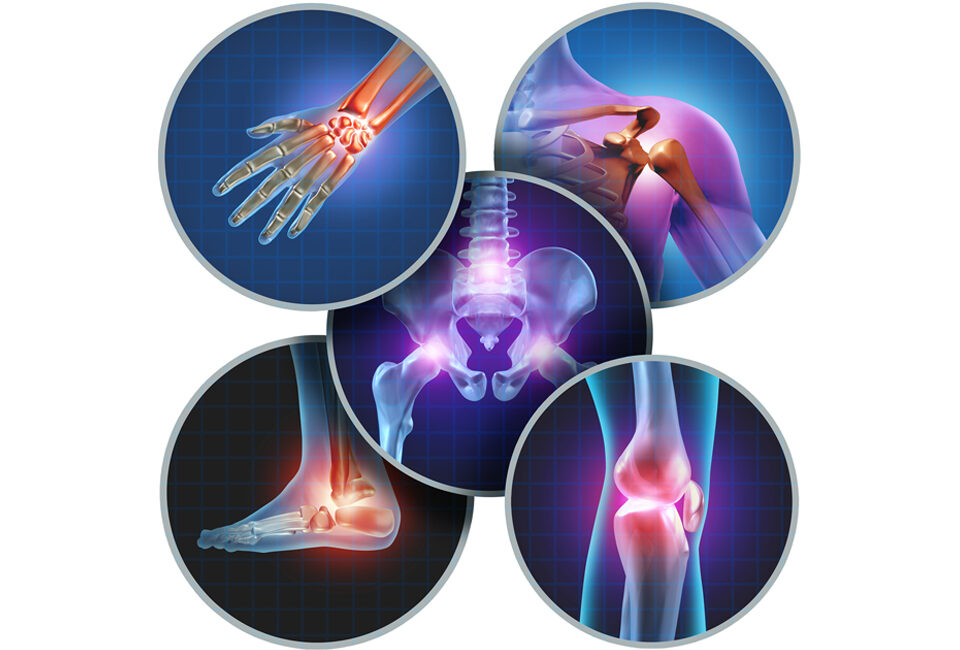In the last year, few have done more to help children learn about the horrors of the Holocaust than Ed Sucherman, a retired marketing executive and real estate broker who was recently rewarded for his efforts by the Butterfly Project.
Founded in 2006, the Butterfly Project is an educational program that is seeking to memorialize the 1.5 million children who perished during the Holocaust by asking school-age children in America to paint ceramic butterflies in their honor.
The program has so far memorialized more than 300,000 of the Holocaust’s youngest victims, including nearly 54,000 in Charlotte, North Carolina, where Ed was named the 2023 Butterfly Project Volunteer of the Year.
“I just do whatever I can to help out,” Ed says humbly. “We invite about 100 kids to the Jewish Community Center two or three days a week, and I help set everything up for them, help them paint their butterflies and help clean up afterward.
“We also have two Holocaust survivors living in the area, and I help get them to the community center so that they can interact with the children and share their experience with them. It’s a good program, and I’m happy to be a part of it.”
Ed, 74, first became a part of that program three years ago after he and his wife relocated to Charlotte from Chicago, where Ed spent some of the years prior to his move struggling with agonizing right knee pain.
“My knee pain was a result of a moment about 10 years ago when I thought I was 25 again and decided to jump off the back of a pickup,” Ed relates. “The truck wasn’t moving. I just decided to jump off instead of slowly getting down, and I injured my knee.”
The injury wasn’t so severe that Ed required immediate medical attention, but he says the knee “never healed properly” and the pain progressively worsened.
“After a year or two, it got to a point where I was having trouble walking,” Ed shares. “I wasn’t disabled, but there was pain with every step I took, and one of the things it kept me from doing was walking my dog.
“We lived near a park in Chicago that had a walking path that’s about a mile and a half long, and that’s where we would take our dog for walks. Little by little, though, I had to give that up because it hurt too much to make that walk. That was tough.”
Time to Find a Solution
The pain also forced him to greatly alter his workout routine. As a result, he began to gain weight – about 35 pounds – before he finally sought medical help for his knee.


Courtesy Photo Ed Sucherman
Ed enjoys some pain-free time with his granddaughter Nora. The 74-year-old from North Carolina is benefiting greatly from the regenerative medicine knee treatments he received from QC Kinetix Suncoast.
Ed initially visited a Chicago physician, who provided gel injections of hyaluronic acid, a thick substance that mimics the normal cushioning fluid inside joints.
Ed received three such injections over 18 months. The first provided about six months of moderate pain relief, the second about three months and the last about a month.
“After that, I was looking at surgery,” Ed laments. “But my son in Florida told me, You don’t need to have surgery. He said surgery requires a lot of cutting through muscle and ligaments, and there’s always a chance for infection. Then he said, Let me do this.”
Ed’s son is Daniel Sucherman, MD, the medical director of QC Kinetix Suncoast, a local practice with a national reputation that offers drug-free regenerative medicine treatments for soft tissue pain, joint pain and musculoskeletal conditions.
State-of-the-Art Treatment
As an alternative to medications and surgeries, QC Kinetix treatments trigger the body’s ability to repair itself using healing properties in the blood.
That blood is gathered from the patient during a typical blood draw. It is then placed in a centrifuge, where the healing properties are separated and extracted.
The healing properties help spark a tissue regeneration that allows the painful area to rebuild over the ensuing weeks.
“Regenerative medicine is a great alternative for many people who thought surgery was their only option,” says Dr. Sucherman, who directs QC Kinetix locations in Bradenton, St. Petersburg, Brandon and Lakeland.
After years as a key member of an orthopedic surgical team, Dr. Sucherman recognized the need for a better way to help people in pain. A strong believer in regenerative medicine and the positive impact it can have, he chose to meet that need through QC Kinetix.
“I’m an anesthesiologist, primarily for orthopedic surgery, and I know that people who go to an orthopedic surgeon for pain are commonly told they need surgery,” Dr. Sucherman explains. “And believe me, surgery has its place. But it is very strenuous on the body. It involves a lot of cutting, drilling, sawing and hammering, and the recovery process is very arduous.
“In many cases, there is an alternative. That’s why I became involved with QC Kinetix. I want to offer people an alternative to surgery, pain medications and steroids for their joint pain. That is exactly what QC Kinetix and its regenerative medicine treatments do.”
Though it is on the leading-edge of medical science, regenerative medicine is not a new concept. Its most basic principles have been practiced for years. At QC Kinetix, the process has been updated to provide better results.
For example, QC Kinetix uses state-of-the-art equipment that allows for the retrieval of the most beneficial healing factors from blood. In addition, it can also obtain components from young blood cells with extensive self-renewal properties.
QC Kinetix works with patients across multiple visits, providing drug-free treatments that are customized for each case. Symptom improvement is then monitored for several months while patients experience no downtime. Most patients complete their treatments within six months and experience ongoing benefits.
“Another feature that sets QC Kinetix apart is that we do all of this in-house,” Dr. Sucherman points out. “Your blood and tissue never leave our office. And we do all this while you’re in the office. When we’re done, you simply go about your normal activities.”
Regenerative medicine treatments can be used to treat pain from arthritis and from muscle or tendon tears almost anywhere in the body, including the knees and shoulders, ankles and wrists, hips, low back and neck.
“The ability to treat so many areas of the body is one of the biggest benefits of our program,” says Haley Weaver, PA-C, a certified physician’s assistant with QC Kinetix. “And we do that by mimicking the body’s natural healing mechanism.
“We’re not just putting a band-aid on something or temporarily suppressing inflammation. We’re sparking a natural healing process. To do that you need more than one blood product, so from each blood draw, we extract different components.
“Every time you get treated by us, more than one of those components is delivered to the area we’re treating because our goal is to keep supplying that tissue with the ability to heal itself naturally over time.”
Each treatment acts as a building block for the next.
The staff at QC Kinetix also provides proliferation therapy, or prolotherapy, which is “a treatment of sugar water that agitates the tissue in the treatment area in a very controlled way,” Haley details.
“The agitation stimulates healing properties and tells the body to keep sending all those good healing properties to the area that’s been treated.”
“Modern Miracle”
Ed first visited QC Kinetix a little more than a year ago. He said he was fascinated by the process in which the blood is drawn and the components are separated in the centrifuge while he waited.
“After the first treatment, which only took about 20 seconds,” Ed recalls, “I wound up getting three more treatments over a three-month period, and after each one the pain went away a little more. Now, I’m walking normally again, no pain whatsoever.
“I’ve also gone back to working out again at the Charlotte JCC, where I do some weight work on the machines and ride a recumbent bike for about half an hour. I’m also walking the dog again, and because of that I’ve lost about 35 pounds and feel great.
“I feel better now than I did when I was 60 years old. I’m also doing things that I wouldn’t have been able to do with all the knee pain. I feel that having these treatments from QC Kinetix instead of surgery probably added years to my life.”
Ed describes regenerative medicine as a “modern miracle” and says he enthusiastically recommends the protocol “all the time” to people he meets with joint or arthritis pain.
“The treatments only last about 20 seconds, there’s no chance of infection and you’re actually rebuilding a part of your body,” he says. “You won’t get any of that from surgery, so I absolutely recommend QC Kinetix.”
Winning Shots
By the midway point of her sophomore season, point guard Kathryn Lamastra was playing the best basketball of her career at New Jersey’s Montclair State University. She was running the offense effectively, defending responsibly and shooting more accurately than ever.
Unfortunately, in the time it took to complete a layup, her career went belly up.
“That’s the irony of it all,” Kathryn laments. “We were warming up for practice, and all I did was go up for a layup, which I had done a thousand times before. When I came down, though, I tore the ACL and the meniscus in my left knee.”
The ACL, or anterior cruciate ligament, stabilizes the knee by keeping the shinbone (tibia) from moving forward past the thighbone (femur). The meniscus is a piece of cartilage that acts as a shock absorber between the shinbone and thighbone.
Tears in those components often require surgery, which is followed by weeks, if not months, of rehabilitation. As Kathryn learned, surgery and rehabilitation don’t guarantee the knee will always function properly or feel right again.
Though she eventually returned to the basketball court, Kathryn was forced to undergo two knee surgeries.
As a result, her playing days gave way to a brief coaching career, first at her high school on the Jersey Shore, then at a community college and small college.
Kathryn, 32, has moved on from coaching, but for several years she struggled to move on from the incessant pain that her knee surgeries failed to alleviate.
“Normal daily tasks that most people don’t even think about before they do them, I had to think about,” Kathryn explains. “I’m talking about things like going for a walk, walking up and down a flight of stairs, or just getting up out of a chair or off a couch.
“Riding a bike was another painful experience, and that was a tough one because I love outdoor activities like that. I’m also a gym rat, but just about anything I did at the gym or at home caused my knee to ache or throb.
“The pain in my knee was so bad that it sometimes kept me up at night, and one of the worst parts was that it turned me into an ibuprofen taker in multiple forms. I was having to self-medicate, but not in a good way.”
In 2013, following a third surgery, Kathryn took another approach to healing by receiving injections into her knee of platelet rich plasma, or PRP, a blood derivative that includes healing and regenerative growth factors.
The annual injections lessened the pain and provided improved function, but their effects wore off after a few months. Recently, Kathryn grew tired of the shots and the limited pain relief they provide and began looking for a more permanent fix.
Feeling the Difference
She found it at QC Kinetix, which Kathryn first visited two years ago.
At the time, she was facing the possibility of another surgery to replace her meniscus. She wanted nothing to do with that, so she agreed to the treatment plan offered by QC Kinetix. She’s glad she did.
Just as with Ed’s treatment, healing properties were separated from Kathryn’s blood and reinjected into her knee.
“I received seven treatments over the course of six months from QC Kinetix, and they told me it could possibly take six to 12 months for me to fully feel the effects,” Kathryn reports. “But after just three months, I was already starting to feel a difference.
“What I noticed first was that it didn’t hurt my knee to go up and down a flight of stairs the way it once did and that I could actually walk for more than a half-mile without my knee beginning to throb. Since then, it’s become better and better.”
Kathryn now takes regular walks of more than three miles, rides her bike comfortably and works out several days a week at a gym, where she recently began doing squats and leg presses with weights.
She hasn’t returned to the basketball court yet but says her knee feels well enough that she would accept an invitation to play. Before visiting QC Kinetix, she would have passed.
“If someone were to ask me right now to go out and shoot around a little bit, my first reaction would not be no,” Kathryn confirms. “And that’s all thanks to the fantastic work they’ve done for me at QC Kinetix.
“I can’t say enough good things about them, and I want to add that every time I went there, I got a real good family vibe from everybody. They’re always very welcoming and warm, and that makes you feel good. I highly recommend them.”











